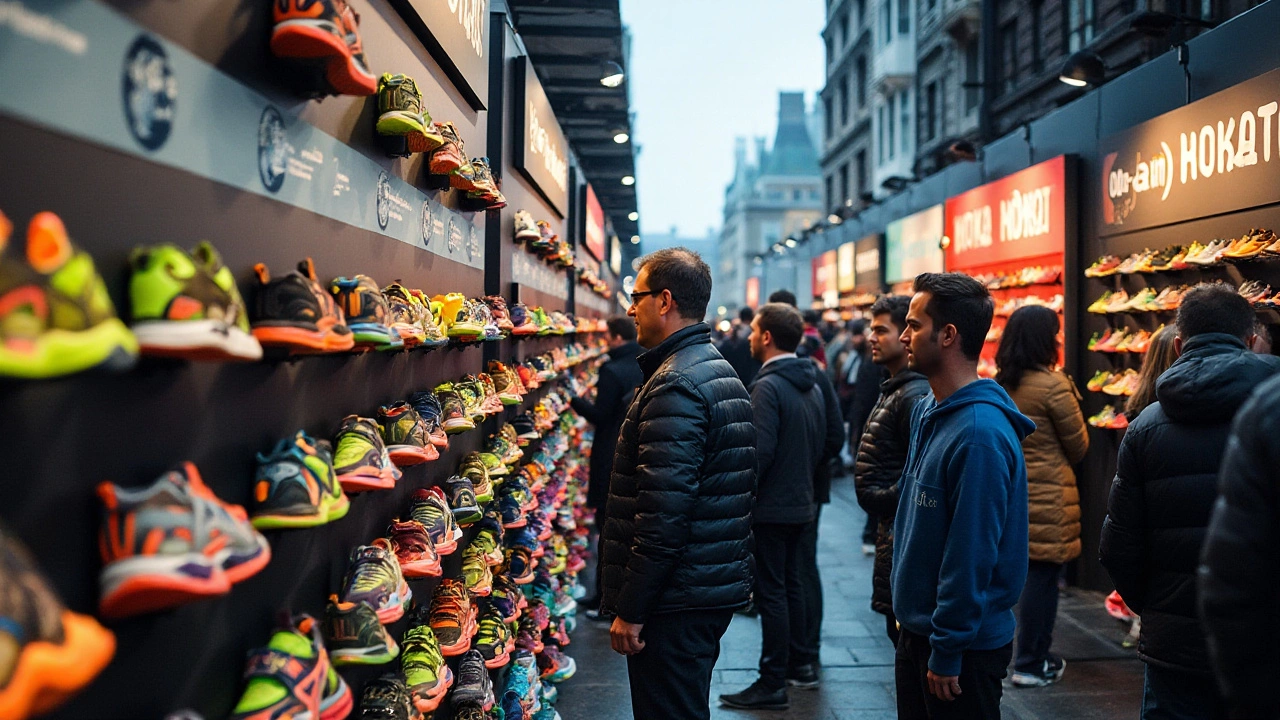
HOKA Running Shoes – What Runners Need to Know
If you’ve seen the hype around HOKA shoes and wonder whether they’re worth the buzz, you’re in the right spot. We’ll break down the tech, the comfort, and the real‑world performance so you can decide if a HOKA belongs in your shoe rack.
Why HOKA Stands Out
First, HOKA’s biggest claim is its oversized midsole. The extra cushioning isn’t just for looks – it actually reduces impact on long runs and helps you keep a smoother stride. Many runners say they feel less sore after a 10‑mile run, and that’s because the foam spreads the force across a larger area of the foot.
Second, the brand has nailed a lightweight feel despite the big sole. Thanks to a mix of EVA and newer compounds, you get a plush ride without the drag you’d expect from a thick shoe. That makes HOKA a solid option for both marathon training and fast tempo runs.
Third, traction has improved a lot in recent models. The outsole patterns are designed for road, trail, and even mixed‑surface runs, so you won’t be stuck on a slick sidewalk or a muddy path. The rubber compounds balance grip and durability, meaning the shoes last longer than many discount alternatives.
Choosing the Right HOKA Model
Not every HOKA is built the same. If you’re a beginner looking for a forgiving ride, the HOKA Clifton line is a safe bet – it’s lightweight, offers decent cushioning, and is easy on the wallet. For speed‑focused runners, the HOKA Mach series provides a snappier toe‑off while still keeping some cushion underfoot.
Trail enthusiasts should check out the HOKA Speedgoat. It adds rock‑ready lugs and a sturdier upper, plus the signature cushioning to protect ankles on uneven terrain. Meanwhile, ultra‑marathoners love the HOKA Bondi for its maximal cushioning and stable platform during those long hours on the road.
Fit matters, too. HOKA shoes tend to have a slightly roomy toe box, so if you have a narrow foot you might want to size down half a size. Always try them on with the socks you plan to wear during runs – a snug fit at the heel and a comfortable amount of wiggle in the forefoot is ideal.
Our deep‑dive article “Are Hoka Running Shoes Really Good? A Deep Dive for Runners” walks you through each model’s pros and cons in detail, so give it a read if you want the full rundown.
In practice, pick a HOKA that matches your typical mileage and terrain. Use the cushioning to protect your joints, but don’t let it mask poor form – keep an eye on your stride, cadence, and foot strike. Pair the shoes with a solid training plan, and you’ll see why so many runners swear by the brand.
Bottom line: HOKA shoes deliver real comfort and decent performance for a range of runners. Whether you’re chasing a new PR or just want a gentler ride, there’s a HOKA model that fits. Try one on, take a short jog, and see if the feel matches the hype. If it does, you’ve just added a reliable partner to your running toolbox.
